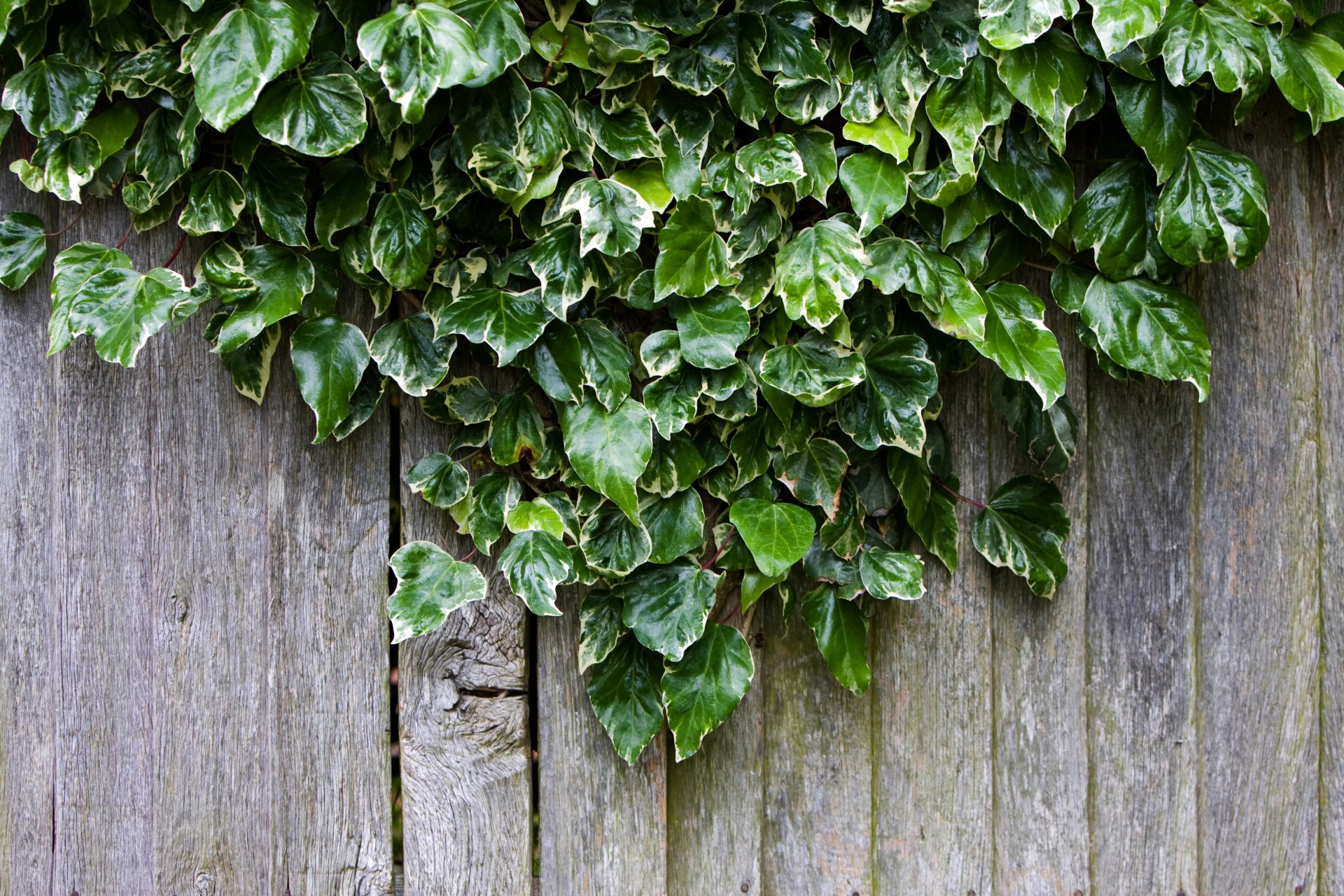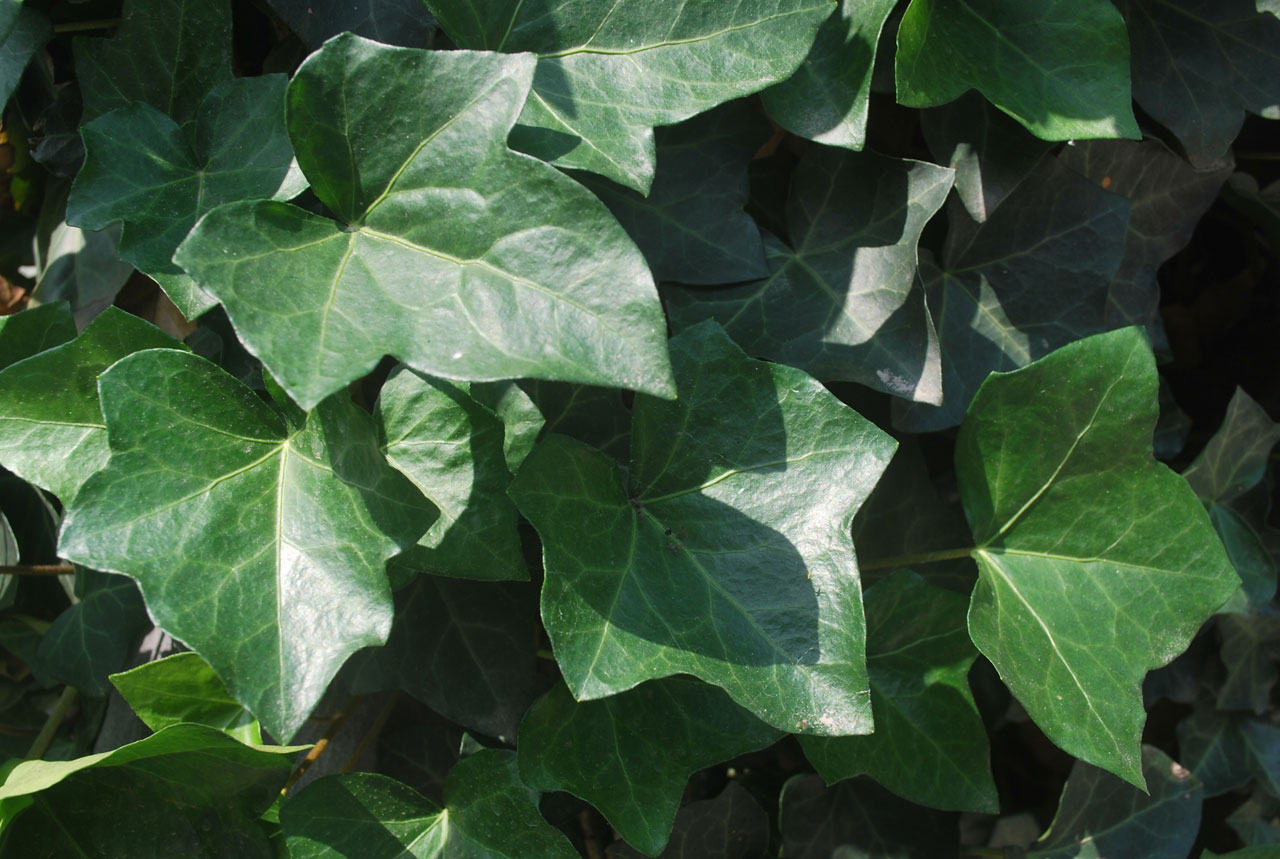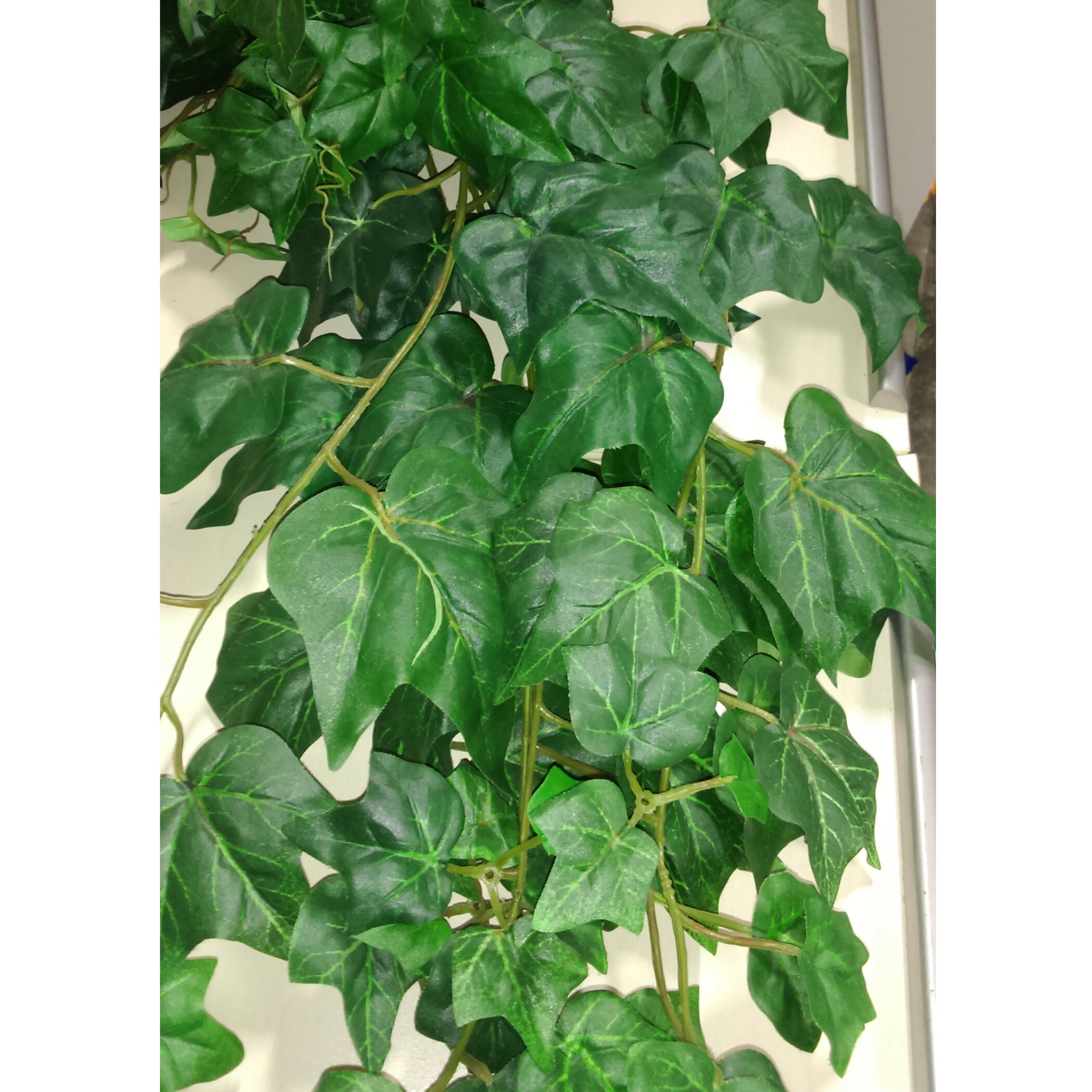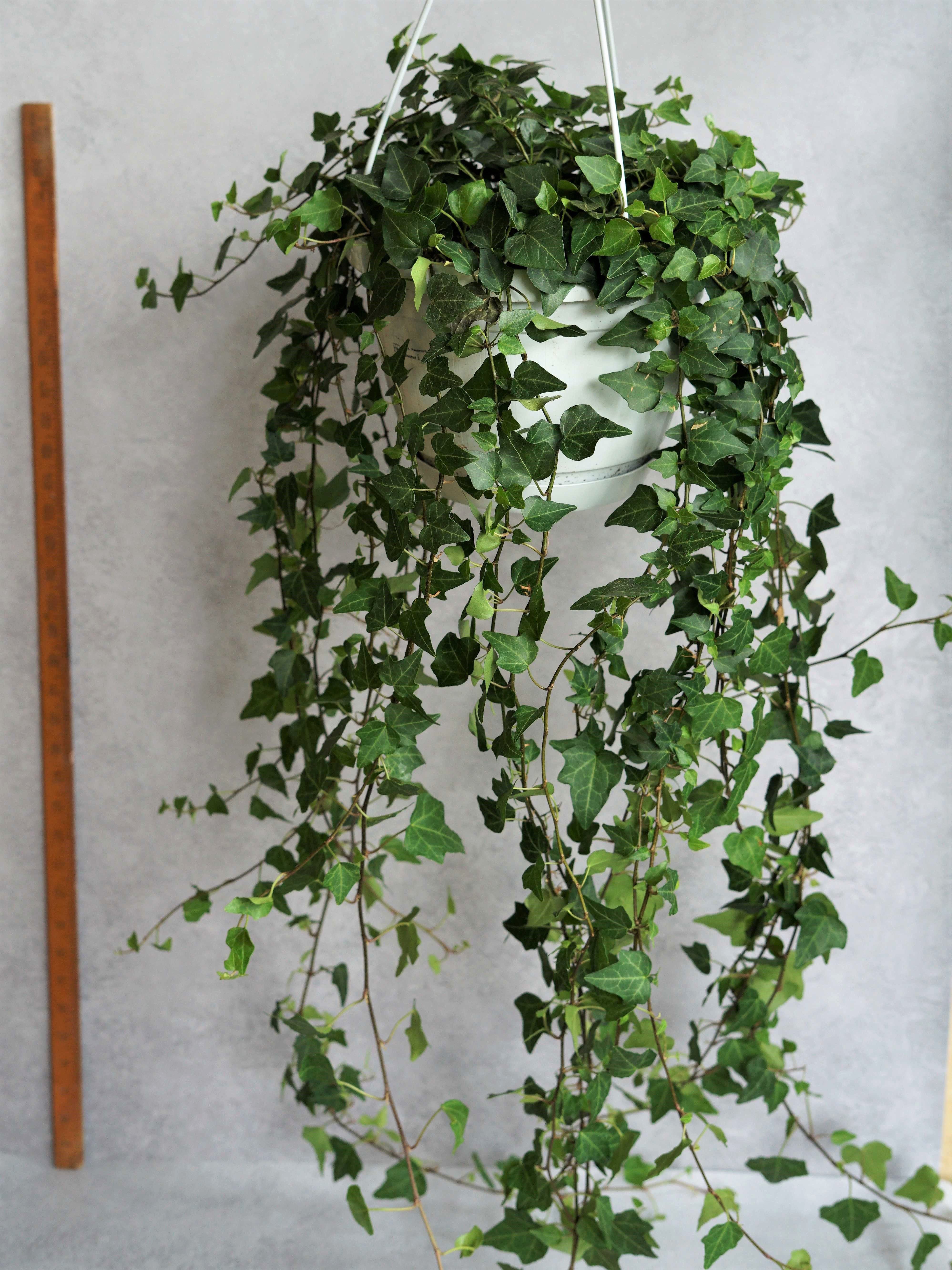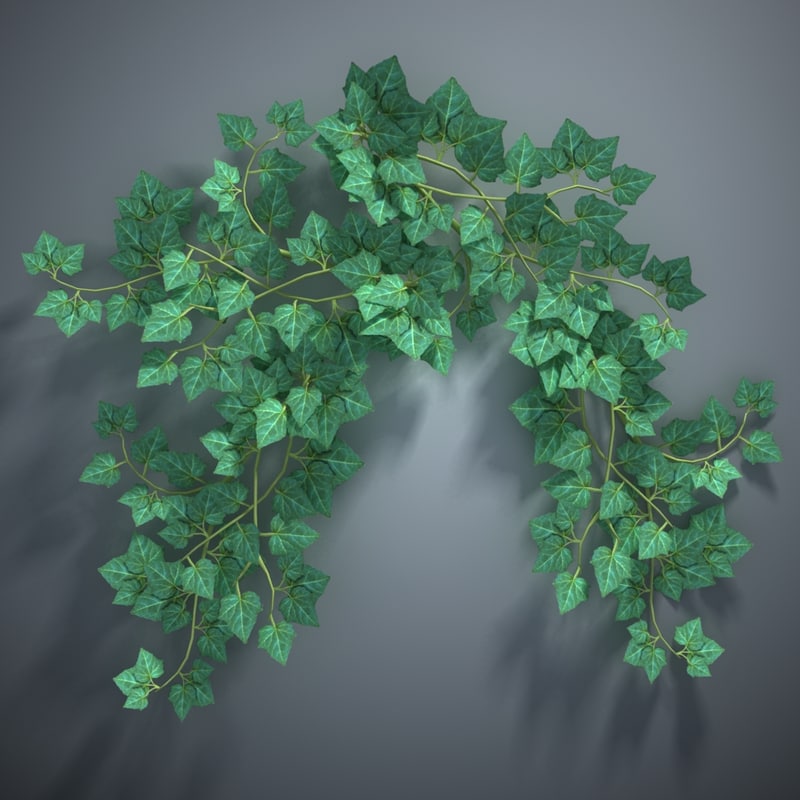Real Tips About Types Of Hanging Ivy Iron Basket Brackets

It can survive in cold and low.
Types of hanging ivy. Its leaves are pale green when new and mature to emerald edged with a silvery white. Although recognized as a weed for its invasive tendencies,. It is a dense and.
Get to know the many types of ivy plants, from variegated houseplant varieties to climbing vines, that are perfect for your outdoor or indoor garden. Types of ivy plants aloma: Unlike other types, this ivy isn’t toxic to.
Virginia creeper, bougainvillea, honeysuckle best variegated ivy. Ivy plants can be beautiful, graceful additions to your home decor. What are the different types of ivy?
English ivy can also be grown in pots or as a. Best ground cover ivy plants: English ivy english ivy is the most common type of ivy and is also called the hedera helix.
Shamrock ivy (hedera helix ‘shamrock') is a cultivar of the evergreen ivy species hedera helix. Identifying shamrock ivy. English ivy (aka hedera helix) this evergreen vine tends to flower between late summer and late fall, and it’s very popular across the atlantic.
It is often used as a decorative plant in gardens, on walls, and in hanging. Algerian ivy plant goes by many names,. This variety has distinctive glossy green.
Its leaves are the typical ivy shape with 5 lobes. It gets its name from the shape of its. This type of ivy is a powerhouse for wildlife, providing nectar for insects and food and nesting sites for birds.
The plants can be difficult to find, but they make an excellent hanging plant indoors, with attractive long tendrils. Looking for the perfect ? The plectranthus australis or swedish ivy is a good choice if you want indoor ivy houseplants, along with the duckfoot ivy.
Feb 12, 2024 ivy is a popular plant that is known for its ability to grow in various environments. There are many types with different growth habits and care needs; Ivy plants are your classic climbing plant, famous as a groundcover, wall accent, or element in trellis, pergola, and arbor.
Indoors, english ivy will like indirect to low light, mimicking the woodland areas it calls home.



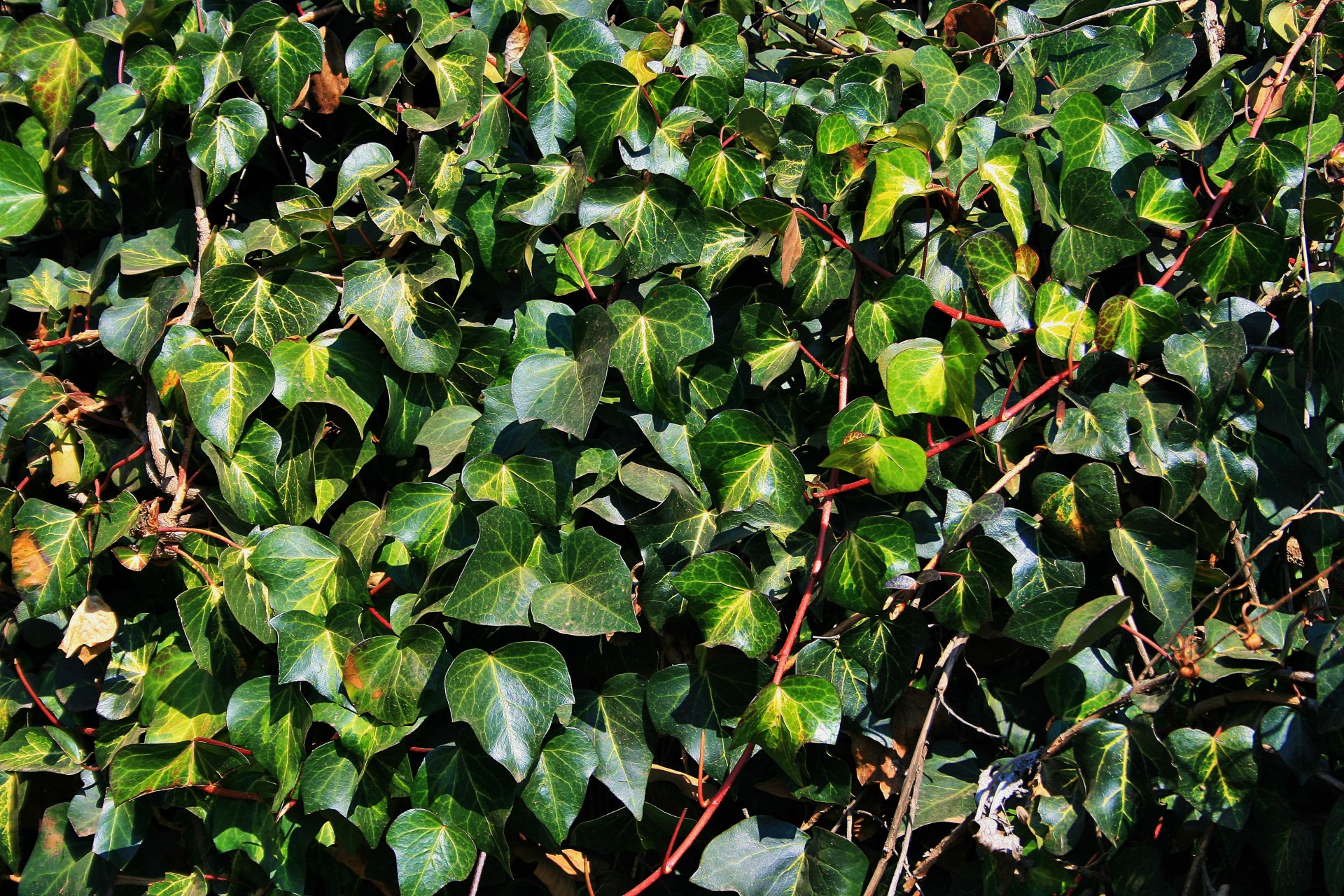

:max_bytes(150000):strip_icc()/GettyImages-1283014018-cae28df9d0114bd7b7e6b038edbe61a1.jpg)
